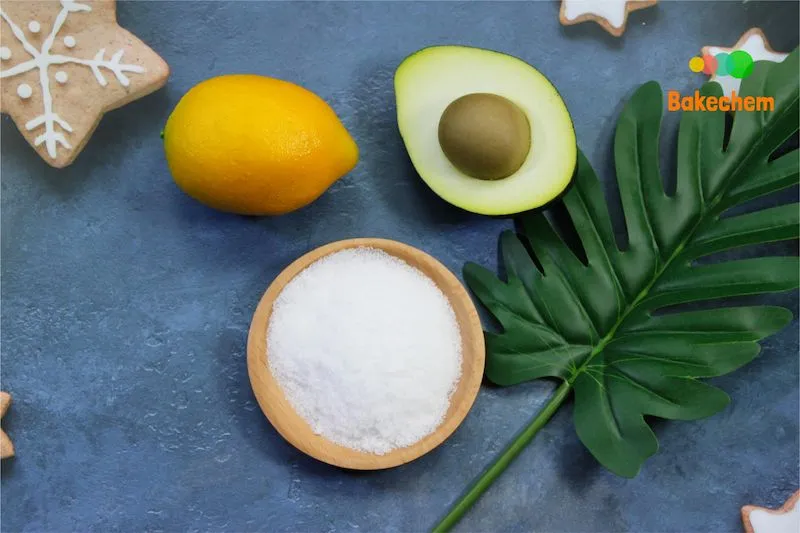- English


γ- Aminobutyric Acid (GABA)is a compound with the chemical formula C₄H₉NO₂, also known as 4-aminobutyric acid (GABA for short). It is an amino acid. Ingesting a certain amount of GABA can improve the body's sleep quality and lower blood pressure. Physiological effects. .γ-aminobutyric acid (GABA) is an important functional non-protein amino acid.
It has biological functions such as increasing brain vitality, calming the nerves, mediating hormone secretion, improving lipid metabolism, lowering blood pressure, etc. Therefore, the development and application of GABA in food has broad prospects.
Professional Additives And Supplements Manufacturer, We are here to supply high quality additives and supplements for customers.
LATEST NEWS AND BLOGS ALL NEWS >
05-26
Why Is TSPP Phosphate Used in Water Treatment? View More
View More
05-19
05-12
05-05
